In the U.S., the uninsured rate dipped to 15.6% in the first quarter of 2014, a 1.5-percentage-point decline from the fourth quarter of 2013. The uninsured rate is now at the lowest level recorded since late 2008.
The uninsured rate has been falling since the fourth quarter of 2013, after hitting an all-time high of 18.0% in the third quarter — a sign that the Affordable Care Act, commonly referred to as “Obamacare,” appears to be accomplishing its goal of increasing the percentage of Americans with health insurance coverage. Even within this year’s first quarter, the uninsured rate fell consistently, from 16.2% in January to 15.6% in February to 15.0% in March. And within March, the rate dropped more than a point, from 15.8% in the first half of the month to 14.7% in the second half — indicating that enrollment through the healthcare exchanges increased as the March 31 deadline approached.
The results from the first quarter are based on more than 43,500 interviews with U.S. adults from Jan. 2 to March 31, 2014, as part of the Gallup-Healthways Well-Being Index.
Fewer Americans Across Age Groups Uninsured in 2014
The Obama administration has made young adults’ enrollment in a health insurance plan a top priority, as healthcare experts say 40% of new enrollees must be young and healthy for the Affordable Care Act to be successful. However, Gallup’s quarterly trends indicate the uninsured rate dropped by about the same amount among adults aged 26 to 64 as it did among those aged 18 to 25 — two points. The uninsured rate among 18- to 35-year-olds fell to 21.7% in the first quarter; the rate fell to 26.4% among those aged 26 to 34, and to 16.1% among those aged 35 to 64.
Read the full report here.
Contact Steven Cosby with questions or to request more information and to schedule a healthcare plan evaluation, savings analysis or group plan solution for your company.
[contact-form subject=’Website inquiry’][contact-field label=’Name’ type=’name’required=’1’/][contact-field label=’Email’ type=’email’ required=’1’/][contact-field
label=’Company Name’ type=’text’ required=’1’/][contact-field label=’Comment’type=’textarea’ required=’1’/][/contact-form]


